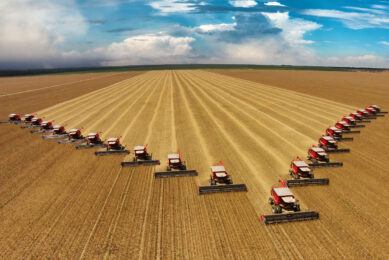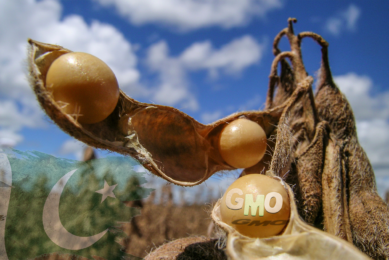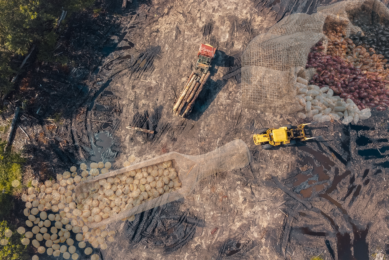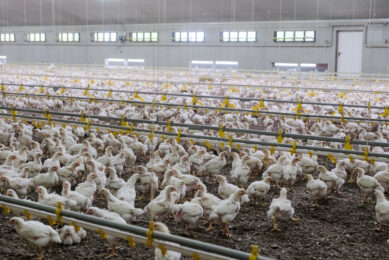Is the metric you measure connected to your goal?
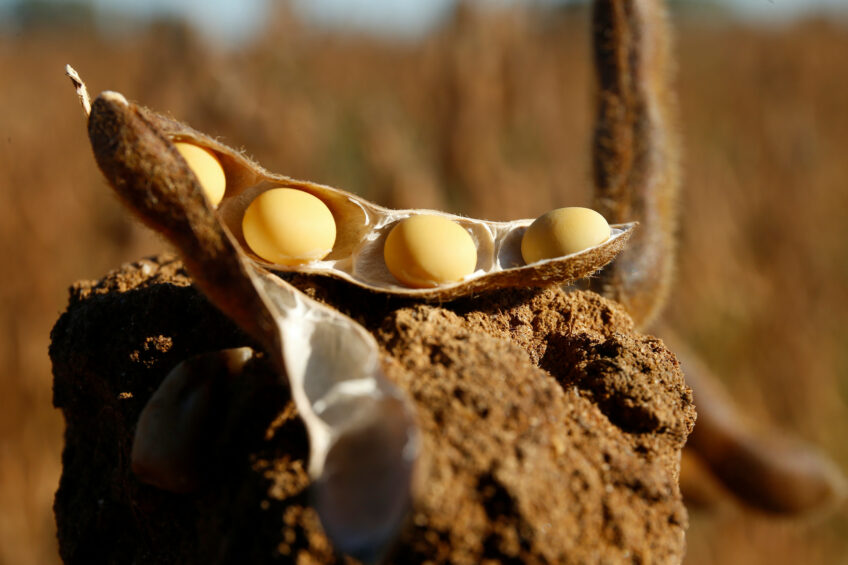
In business, it goes without saying that we must be profitable to have staying power and add economic value to our communities and to those we serve. All too often businesses measure the success of an entity, service, or product by the revenue it generates; however, this may not represent a complete accounting to the bottom line. That’s why it’s so important to look at metrics that truly measure profitability.
In animal production, feed manufacturers and ingredient buyers focus on minimising the cost of ingredients rather than evaluating other nutritional characteristics that impact diet performance. This means key differentiators tend to be overlooked when making purchasing decisions.
While soybean meal is primarily traded based on price and crude protein, today’s science tells us the true value of soybean meal in animal diets is determined by a combination of additional intrinsic meal characteristics, including a well-balanced amino acid profile, energy components, ash content and digestibility. Beyond the quality of this nutritional bundle, we know soybean meal end-users value consistency when evaluating the ingredients used to formulate diets.
Worldwide soybean production is increasing at a faster rate than consumption. This big supply means lower soybean prices, which translates into lower feed and production costs.”
My team works in 80+ countries and we have technical experts on the ground partnering with animal and aquaculture producers to help them meet their goals, using sound science, the latest data and research, and new technologies. One of my colleagues recently shared modeling that shows medium-to-large animal producers can add millions of dollars to their bottom line by unlocking the value of using US soy in feed formulations.
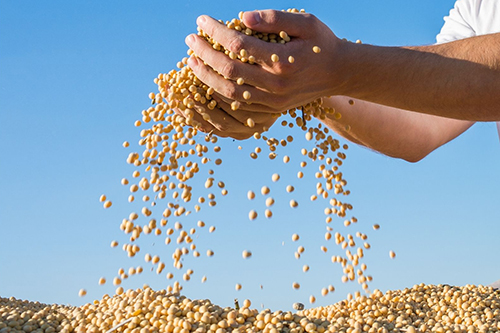
As you read this, US soy farmers are right in the middle of harvest, and researchers at the US Department of Agriculture project a record US soybean crop this year with estimates at 124.81 million metric tonnes (mmt) of which roughly 50.35 mmt will be exported and used around the world. Global soybean production is forecast at 429.20 mmt, according to USDA’s September World Agricultural Supply and Demand Estimates report.
Deliver value and increase profitability
Worldwide soybean production is increasing at a faster rate than consumption. This big supply means lower soybean prices, which translates into lower feed and production costs. Couple this with the declining US dollar, and buyers have a product that can really deliver value and increase profitability. To learn more, I encourage you to visit the US soy Export Council here.
Abundance gives us the ability to move past conversations about hunger and toward conversations about health and wellness.”
While my job is to differentiate the value of US soy, I want to see us get to a world where everyone has enough. Farmers are harvesting an abundant US soy crop that meets the metrics you want to deliver on.
Abundance gives us the ability to move past conversations about hunger and toward conversations about health and wellness. Protein availability and affordability are vital to that mission. What you do has an impact, locally and globally. I invite you to sit and pencil it out: what can you measure now that perhaps you couldn’t 3 or 5 years ago, that helps your business increase its profitability? How will you contribute to an abundant food supply?




